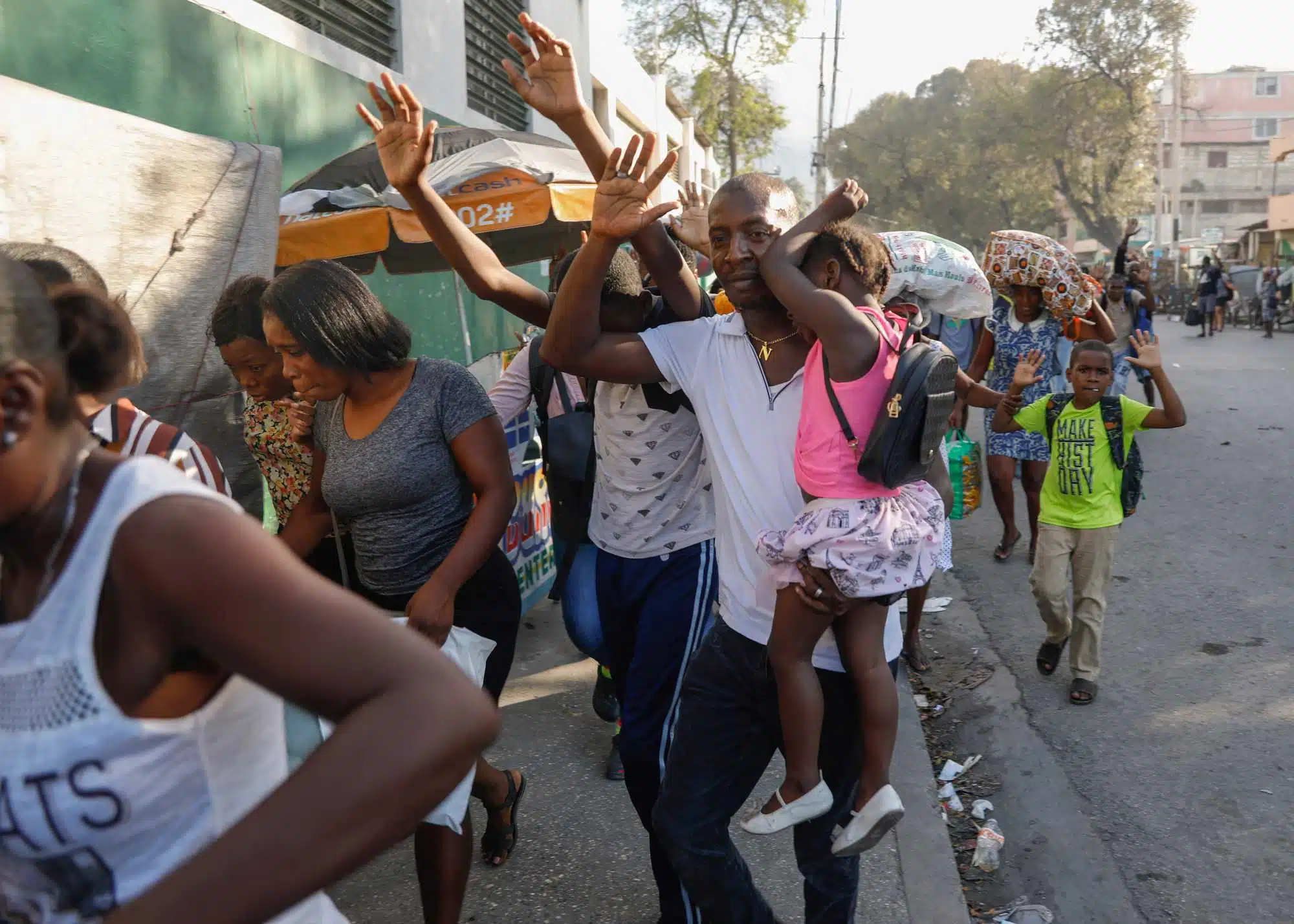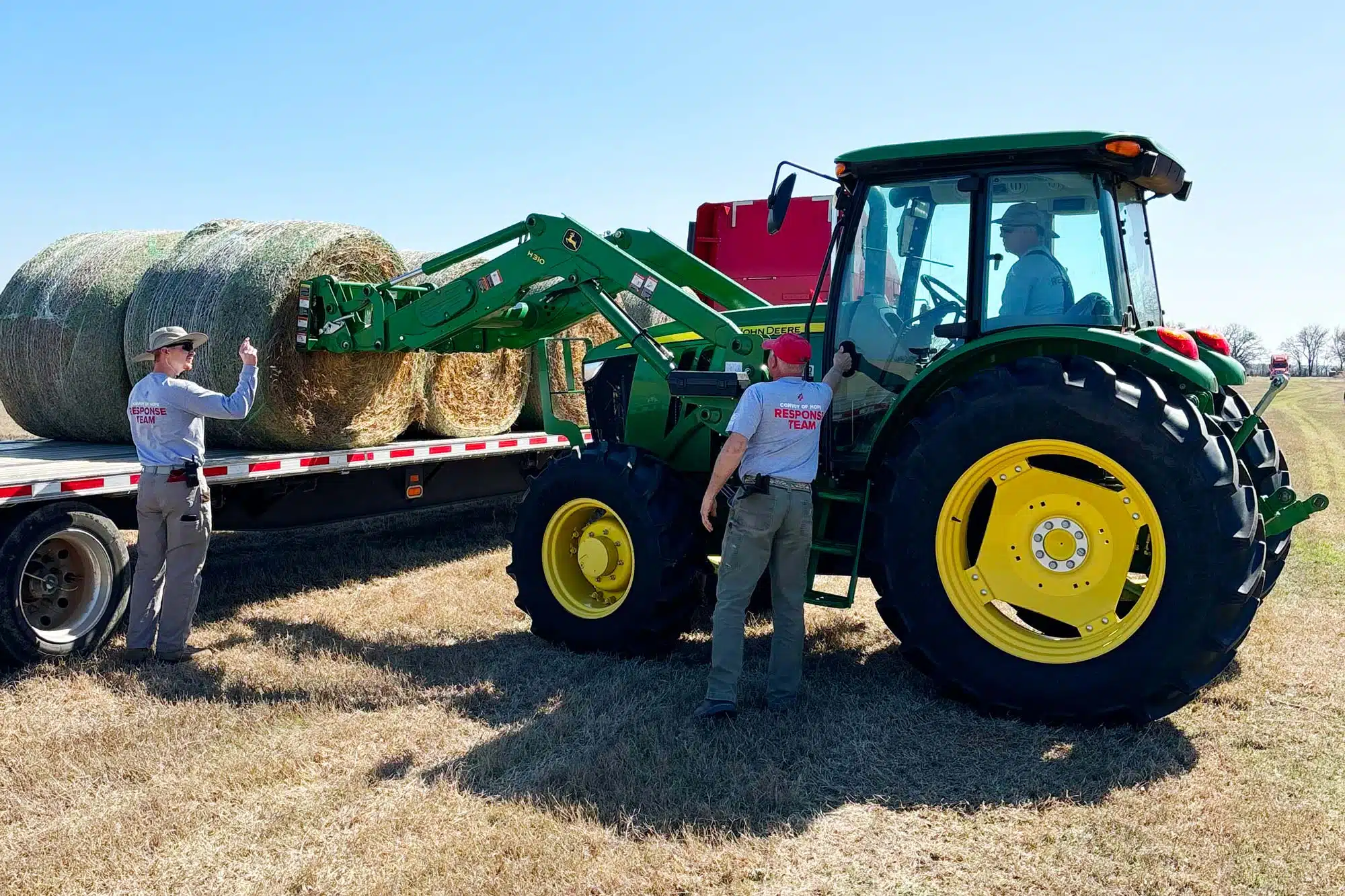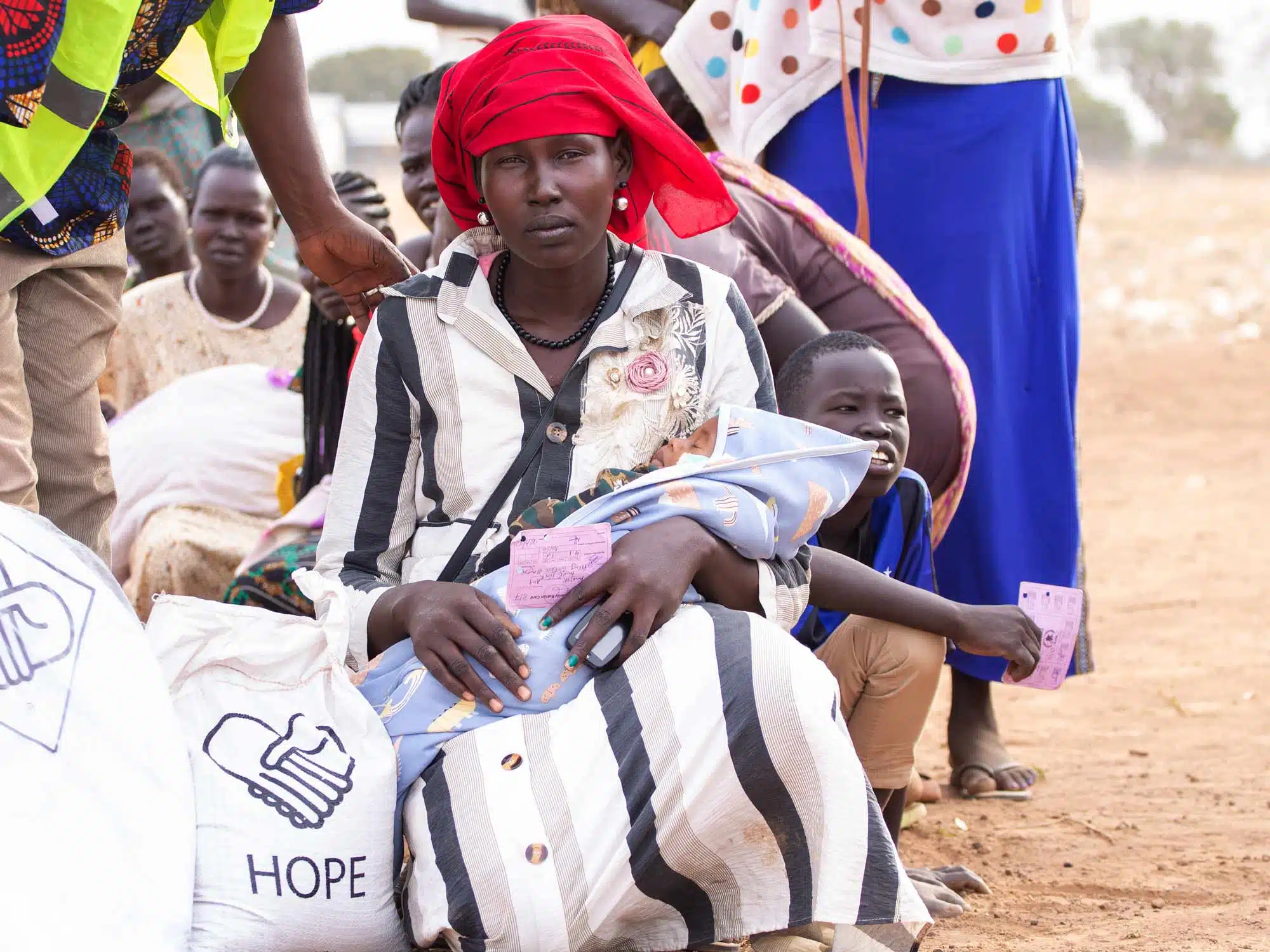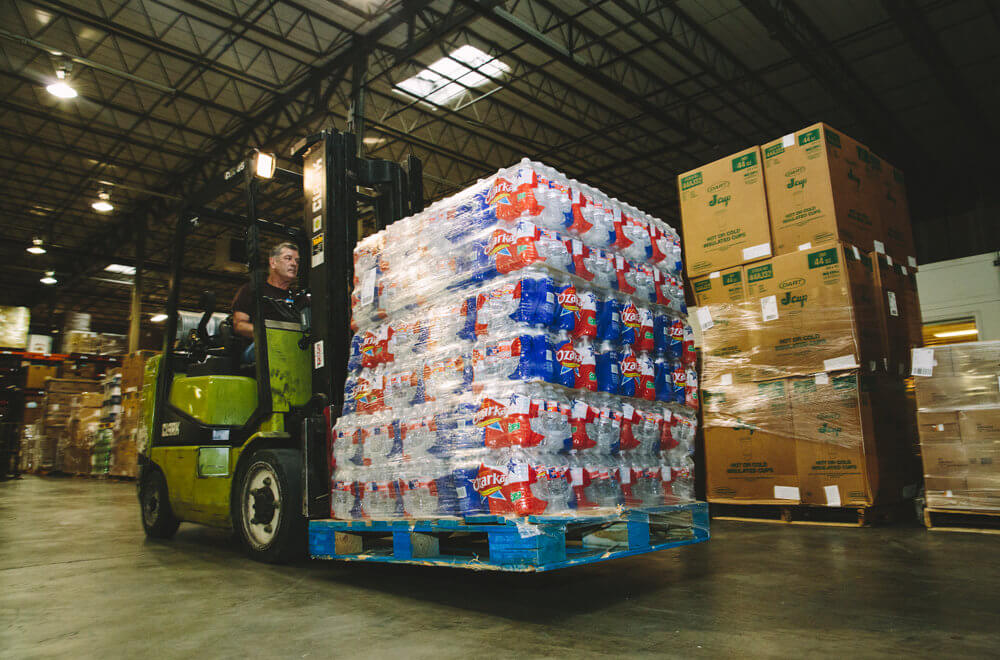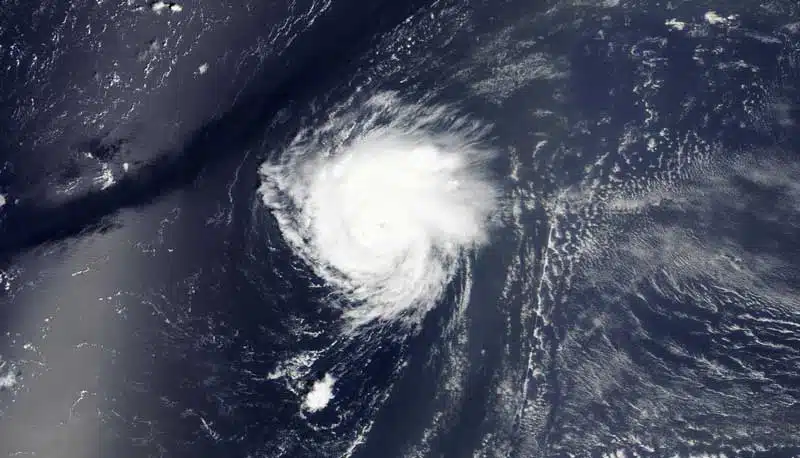In 1999, Hurricane Bret grew to a Category 4 storm in a season that would include five Category 4 hurricanes.
Bret had Texas and Mexico in its sights. Fortunately, by the time it made landfall over the Lone Star State, it was rapidly weakening. It dissipated over northern Mexico.
On June 19, the weather services and National Hurricane Center named and began tracking Tropical Storm Bret, the second tropical storm of the 2023 season. Bret reached near-hurricane status with 70 mph winds and brought heavy winds and rain to the Windward Islands, damaging several homes and causing widespread power outages. It had largely dissipated by the time it reached the coast of Colombia on June 24.
Whether or not Bret would become a hurricane in 2023 connected directly to its wind speed.
Named storms are all some form of tropical cyclone — a rotating, organized system of clouds and thunderstorms.
Tropical cyclones originate over tropical or subtropical waters and have a closed low-level circulation.
- • A tropical cyclone begins as a tropical depression with sustained wind speeds of less than 39 mph.
- • Tropical depressions are not given names. They are tracked to determine if they are growing into tropical storms or hurricanes.
- • Bret’s classification as a tropical storm will come when its sustained wind speed reaches 39 mph. Should that speed reach 74 mph, Bret will be a hurricane.
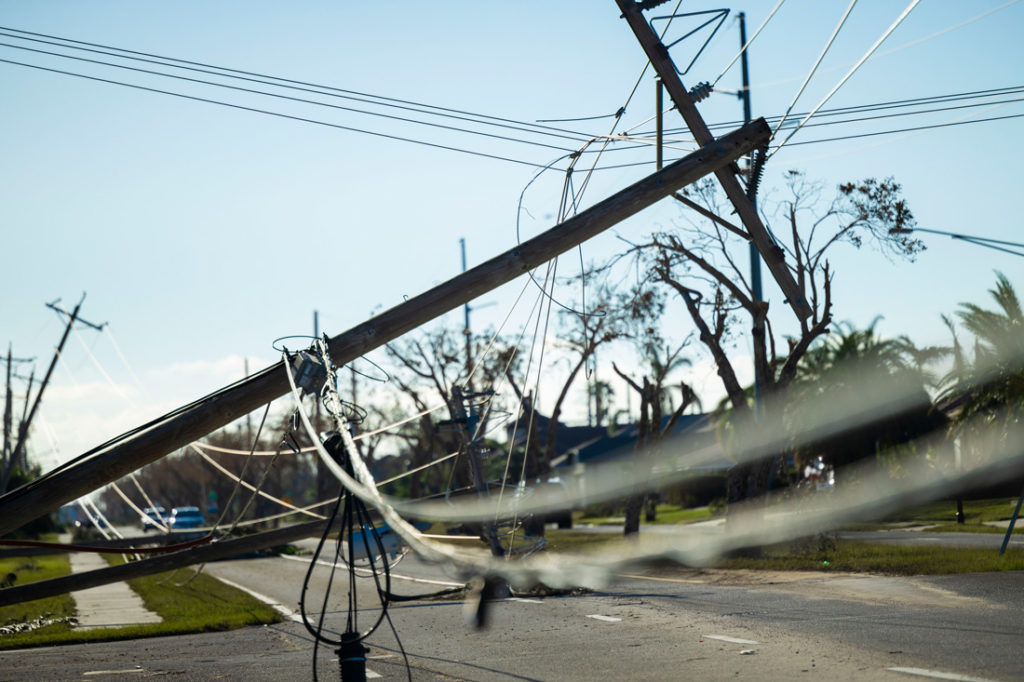
Even if a tropical storm never achieves hurricane status, it can pose a threat to lives and property.
When Was Hurricane Bret?
Currently named hurricanes often share a name with a historic storm. Perhaps you’ve wondered, “When did Hurricane Bret hit?” or “What year was Hurricane Bret?”
“Bret” has been the name of seven tropical cyclones in the Atlantic Ocean — in 1981, 1987, 1993, 1999, 2005, 2011, and 2017. Of those, Hurricane Bret 1999 is the only one that shifted from tropical storm to hurricane status.
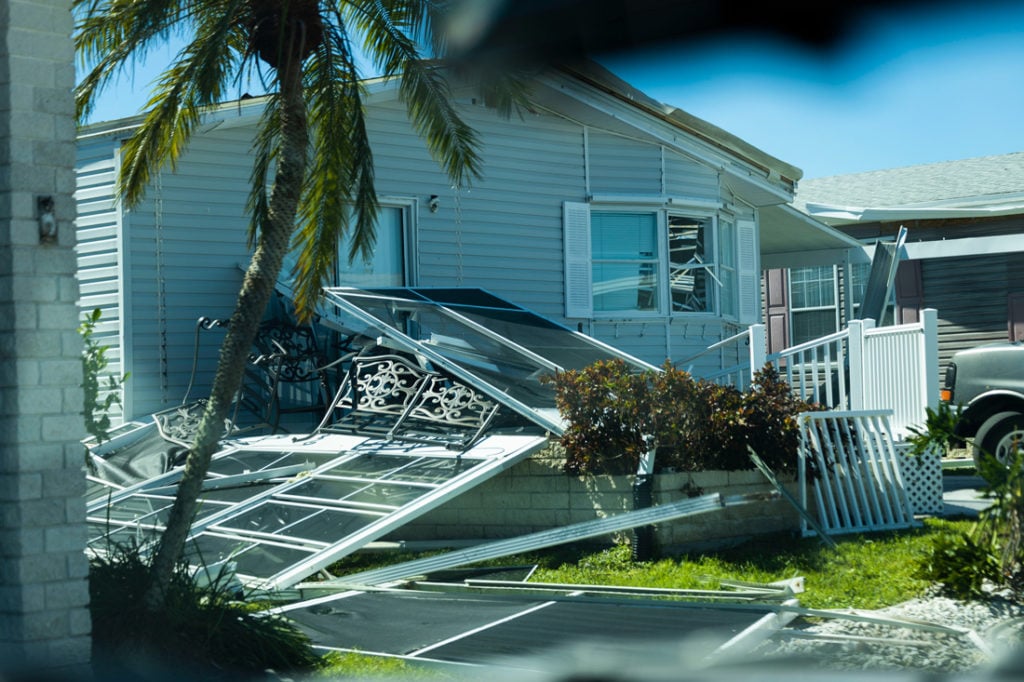
Where Did Hurricane Bret Hit?
As Bret approached the Texas coastline in 1999, about 180,000 residents of several cities evacuated. A Category 4 hurricane must be taken seriously.
Bret made landfall as a still significant Category 3 over Padre Island, the largest of Texas’ barrier islands — resulting in heavy rains and beach erosion. Its landfall was over a sparsely populated area, and local authorities had closed the major roads to the islands.
About 7,000 people in coastal Mexican communities evacuated as the storm approached. Mexican authorities opened hundreds of shelters in case of severe flooding.
What Category Was Hurricane Bret?
Hurricane Bret achieved its Category 4 rating with maximum sustained winds of 145 mph over the Gulf of Mexico.
What Time Will Hurricane Bret Make Landfall?
There is no connection between similarly named hurricanes in history. Asking, “What time did Hurricane Bret make landfall?” won’t help you prepare for a dangerous storm this year.
With any storm predicted to reach your region, you should be aware of the predicted landfall. Don’t make the mistake of waiting until the last minute to reach a safe area.
How Many People Died in Hurricane Bret?
Besides the extent of damaged property caused by a tropical storm or hurricane, you might naturally ask, “Did anyone die in Hurricane Bret?” Sadly, although ample safety measures were taken during the approach of Hurricane Bret, four people died in South Texas and three in Mexico, mostly due to car accidents caused by slippery roads.
In 1993, Tropical Storm Bret never reached hurricane status but killed 184 people when it caused severe flooding while passing over Venezuela. Tropical Storm Bret in 1993 was one of the deadliest natural disasters in Venezuela’s history.
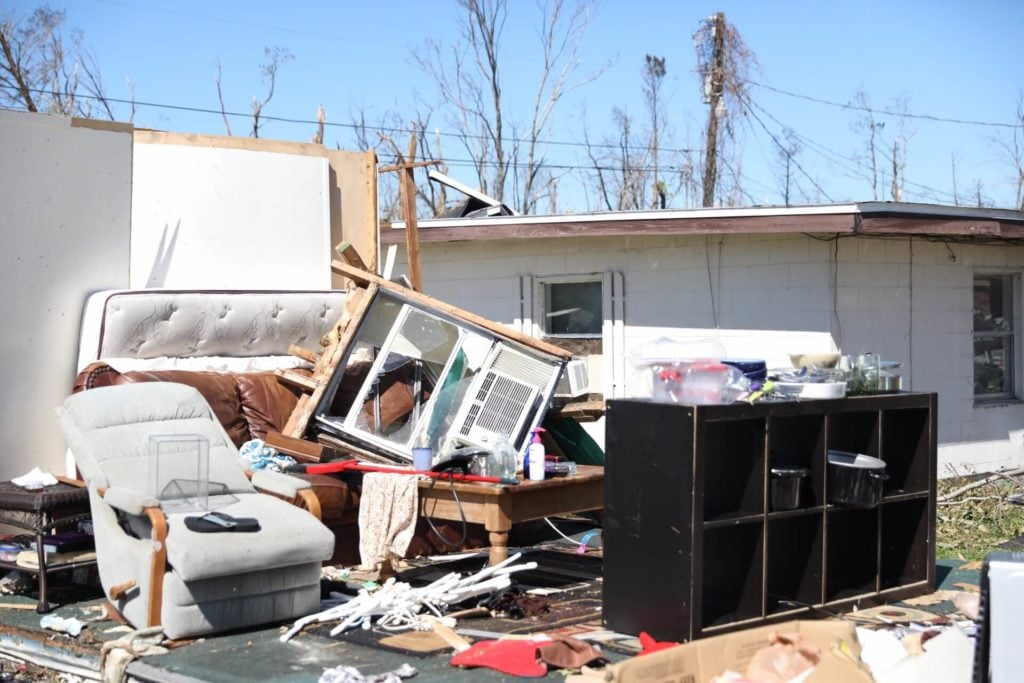
What Was the Path of Hurricane Bret?
A cyclone’s path from tropical depression, through potential hurricane status, and then final dissipation can cover hundreds, if not thousands of miles.
In 1999, Bret formed as a tropical wave off the coast of West Africa. It moved slowly through the Caribbean Sea and developed into a low-pressure area before growing into a tropical depression over Mexico’s Yucatán Peninsula. A day later, it was named a tropical storm. It moved north along Mexico’s coast, steadily gaining strength into hurricane status before the storm surge made landfall in Texas. The last elements of Bret eventually dissipated in northern Mexico.
Convoy of Hope & Hurricanes
In 1998, Convoy of Hope responded to the flooding in Del Rio, Texas, after Tropical Storm Charley. That first response has led to many others, and hurricane response continues to be an annual priority for Convoy.
Convoy’s Disaster Services team follows weather updates closely whenever a hurricane is named. Days before a predicted landfall, plans begin to materialize at Convoy’s World Distribution Center. Trucks filled with supplies head to the affected area where one or more distribution points will be set up once the danger has passed and a community’s needs become clear.
As just one example, Convoy of Hope reacted quickly when Hurricane Ian smashed across central Florida on September 28, 2022, with sustained winds of 155 mph. By October 6, more than 17,000 survivors had been served with the help of nearly 500 volunteers.
Convoy of Hope is a faith-based nonprofit organization with a driving passion to feed the world through children’s feeding initiatives, women’s empowerment, community outreach, and disaster response.

